- Category
- War in Ukraine
Meet Snake, Ukraine’s Frontline Medics Evacuating Soldiers by Any Means—Land, Water, and Under Fire
-a046389322389761e2436c41b2dfbd0e.png)
In 2025, battlefield evacuation in Ukraine means dodging Russian drones, mines, and shellfire. For the medics of “Snake”—a special unit of Ukraine’s International Legion—it’s simply another day on the job.
“If medics have nothing to do, that means the infantry is doing a great job,” says Liza, a 28-year-old Snake medic. If you see the Snake medevac crew on the road, it usually means something’s gone wrong—a soldier is bleeding out, a drone is overhead.
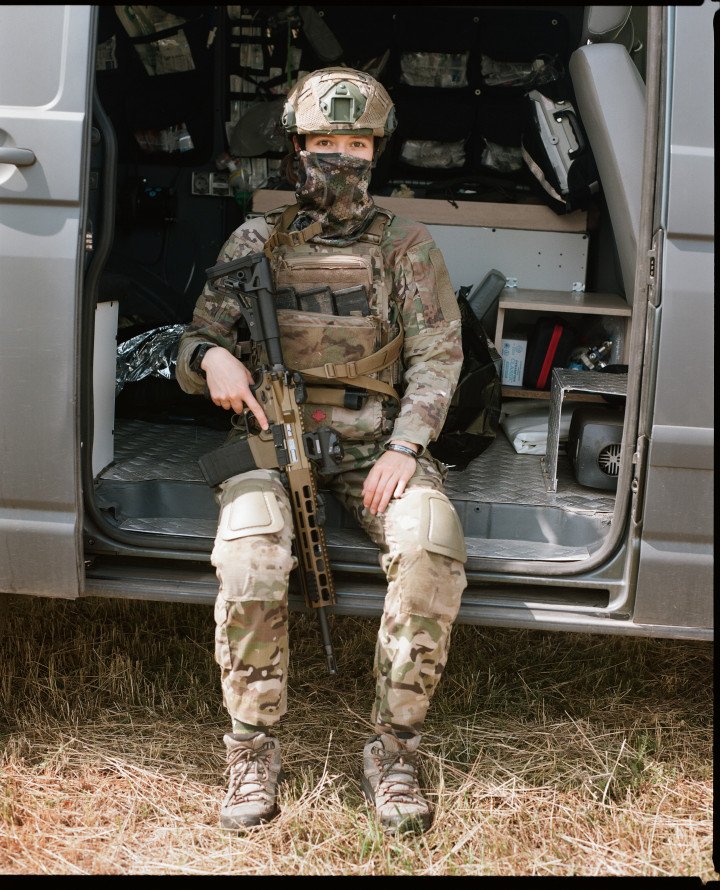
Every evacuation starts with a plan
In the chaos of Ukraine’s frontlines, Operational Medical Evacuation Group Snake is the last line of defense between the wounded and death. Formed under the Defense Intelligence of Ukraine’s International Legion, this elite medical group is trained to operate under fire, evacuate across mined roads, and withstand drone strikes. Their missions are fast, precise, and dangerously deadly.
“We split our unit into different segments,” says Ever, Snake’s commander. “It's one big group, but within it, there are people who handle medevac , some do casevac , others go directly into the field to retrieve the wounded from the line of contact.”
Drone operators observe. Medics provide care. Drivers navigate the kill zone.
“A combat medic is someone who directly enters the field,” says Liza. “Ideally, before a wounded person reaches us in medevac, they’re being treated by a combat medic—someone who can both fight and repel an attack, and also give aid.”
Snake’s structure is built for flexibility. It has its own reconnaissance team tasked with scouting evacuation routes, checking road conditions, and detecting mines—often while under fire. The first step when Snake enters a new sector and reconnoiters the roads is to reconnoiter stabilisation points and evacuation sites, and establish communication with local units. Only then do they identify medevac and casevac zones and send people into the field.
But even with careful planning, danger is inevitable.
The most dangerous job? The driver
“My drivers know that if they go out on an evacuation, they will 100% hit mines,” Ever says. “That’s why now they use fully armored vehicles. About six months ago, we evacuated soldiers from a neighboring unit with this particular car,” he says, pointing to the vehicle he’s currently sitting in. “The vehicle had just turned onto the road—hit about 10 mines on the way in, and 4 or 5 more on the way out. But it held, got the people out. And all because of proper planning and analysis of the battlefield.”
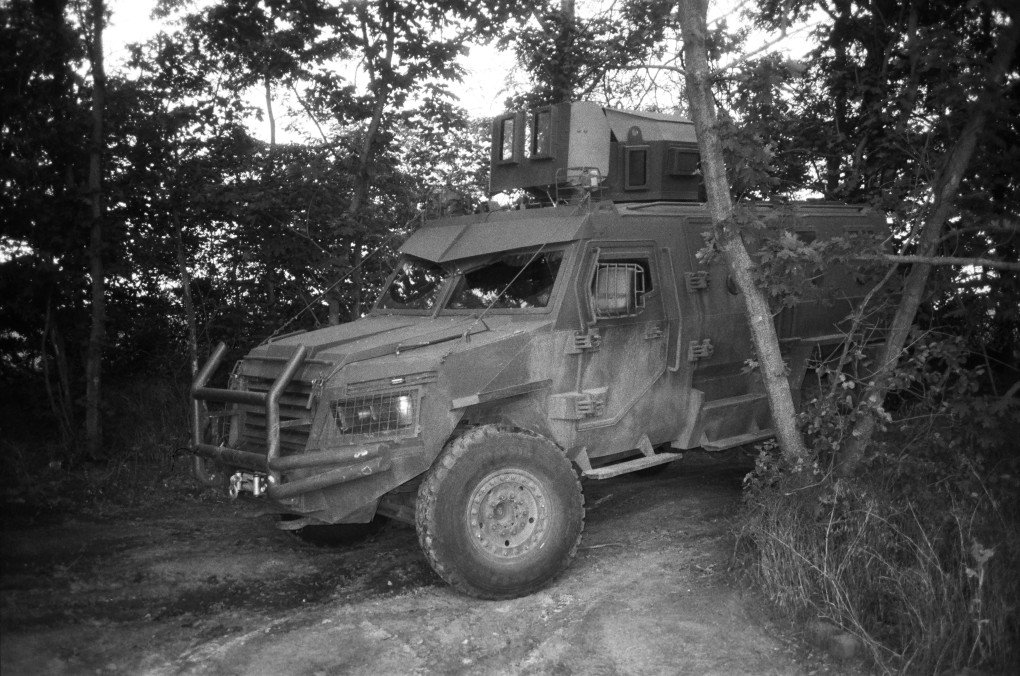
One might think the medic carries the greatest responsibility, but Snake says otherwise. “The biggest issue is: how will the vehicle get out?” says Liza. “And how many wheels will it have when it comes back?”
The driver’s job is perilous, and some routes might take four hours—if you’re lucky. In worse cases, wounded soldiers can spend up to three days in the area before reaching proper help.
@united24media.web Realities of medical evacuation in 2025 Source: 4th separate detachment of the "Omega" Special Forces Center
♬ original sound - united24media website
Danny, Snake’s driver, says that there’s always a possibility that the team will need to build a casualty collection point in a trench, under fire. “Everyone’s trying to hunt you down. Only when we're doing an after-action review, do we realise that a lot of stuff could have gone wrong.”
Chasiv Yar—Ukraine’s frontline city in the Donetsk region—was one of Snake’s most active deployments. “We had plenty of job,” Danny recalls. “It was evacuations every day. You had everything balanced between artillery, FPV drones, drone granades, and mortar fire.”
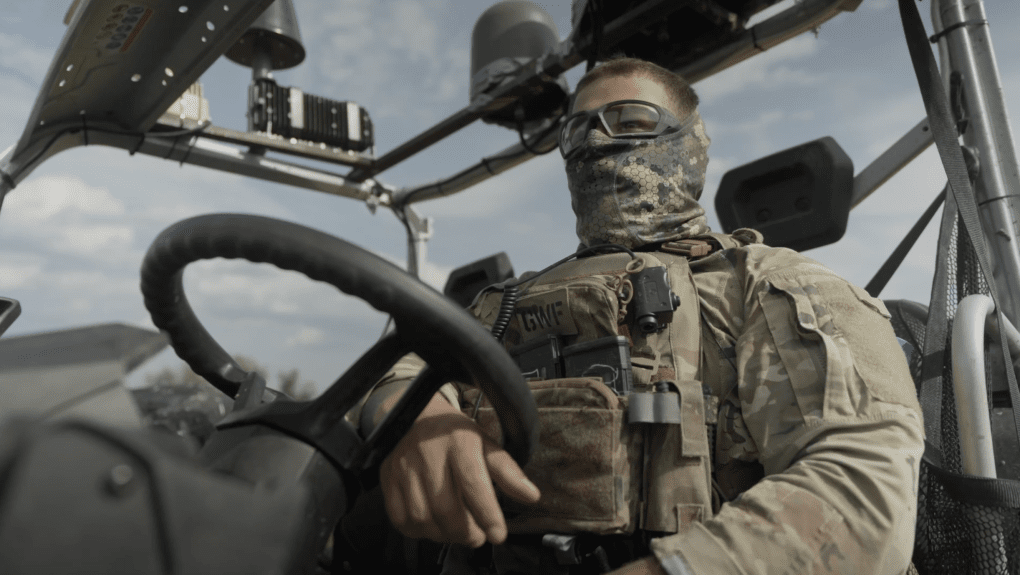
Snake’s ethos
The group started with just four people. But since joining the International Legion, Snake has expanded significantly. Today, its members operate as a fully interchangeable team. “Drivers know the same protocols, including CMC , CLS , as our paramedics,” explains Ever. “So in some super-critical situations, these people can help with evacuation, in helping our wounded.”
And Snake has to adapt fast—whether it’s driving conventional medevacs, riding boats, or using ATVs, they continue medical evacuation at every level and stage of the chain.
“There was one particular task—I won’t say where—but we were preparing for a multi-stage evacuation,” says Ever. “First, we carried the wounded on foot to a certain point. Then we transported him by boat, then an armored vehicle took over, and only after that, the medevac picked him up. Then he got to the hospital. We calculated that the evacuation part, if everything went well, would’ve taken about four hours.”
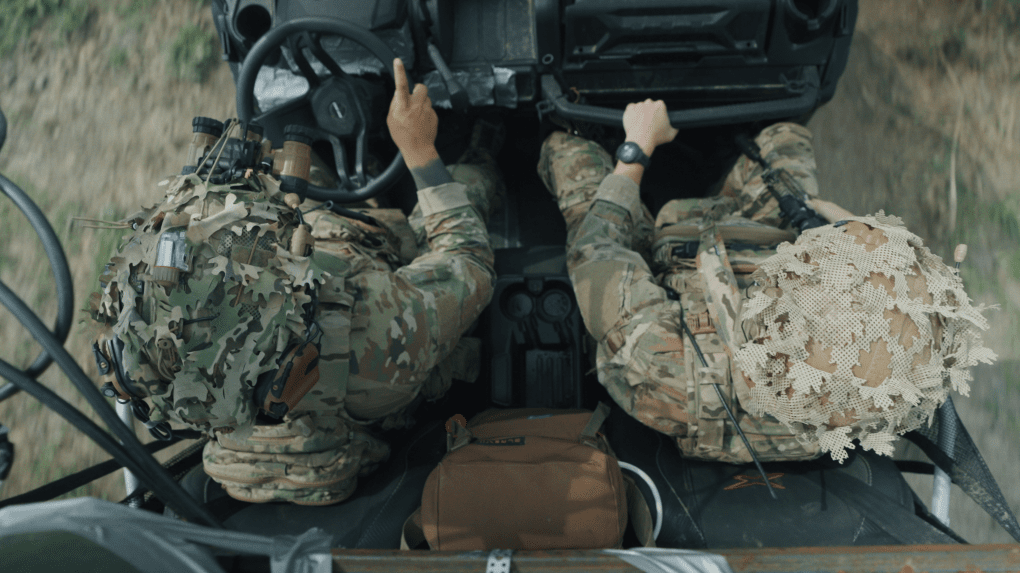
But more than tactics or training, the unit’s values define it. Snake operates on a clear principle: gender or background should never limit someone’s role or growth.
“It doesn’t matter whether you are a man or a woman,” says Ever. “If you are a fighter who performs the assigned combat tasks to the fullest extent—no matter if it is a medical evacuation, a casevac, an evacuation directly from the point of collection and sorting of the wounded—you can work in peace.”
The unit gives people the opportunity to prove themselves. Those who succeed stay and grow in their chosen positions. If someone wants to operate near the contact line, at the point of wounded triage, or go out with the infantry, they can do it.
In a war where survival depends on competence under fire, Snake prioritizes skill over stereotypes.
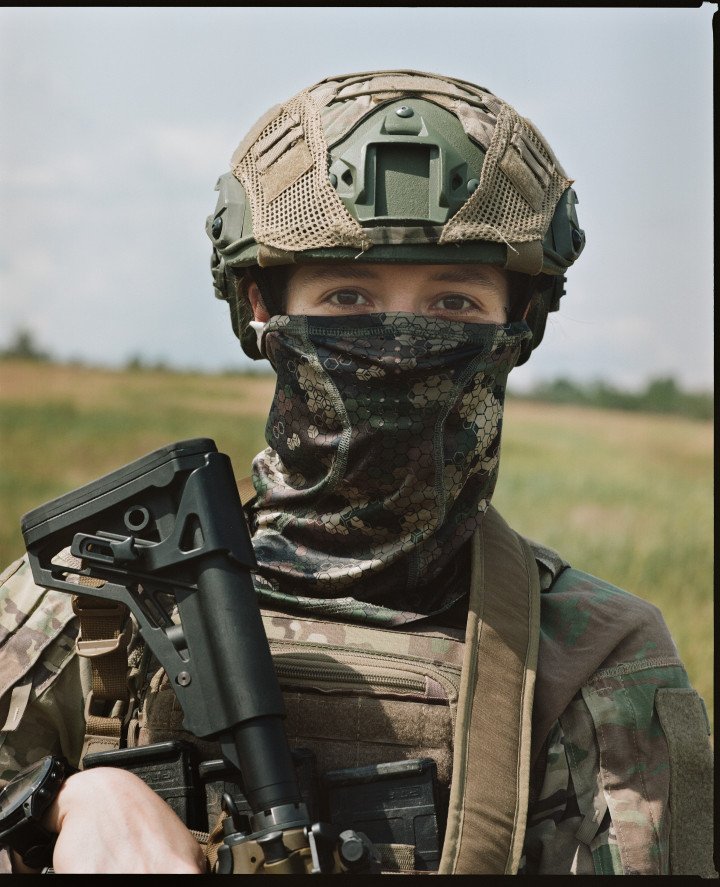
The future of battlefield rescue: Robots, drones, and guts
“Now it's pretty hard to do the evacuations because of the drones,” says Danny. “The war is going in the direction of electronic warfare.”
First-person-view (FPV) suicide drones, drone-dropped munitions, and reconnaissance UAVs have turned open terrain into a death trap.
“When we reached our previous location, we ran into remote mining and an overwhelming number of FPV drones and drone-dropped explosives,” says Liza. “All at once. Every time, you didn’t know what to react to first.”
But as the battlefield evolves, so does evacuation. Snake is already experimenting with UAV resupply drops—sending blood, gear, and medicine into areas too dangerous for humans.
Ukraine’s growing ecosystem of unmanned systems is helping push that frontier: ground platforms like Zmiy-500, with wheels resistant to anti-infantry mines, and TerMIT, a modular robotic system used for route clearing and logistics, are already being tested in real battlefield conditions.
And Ukraine’s ground-based robotic platform Ardal, for example, was used to evacuate wounded soldiers under fire. In one mission near Kupiansk, it carried injured troops to safety in the Kharkiv direction while under drone surveillance and shelling.
But when it comes to pulling someone out of a crater or a trench, machines can’t replace boots on the ground.
“You can’t just turn around and say: ‘Sorry, we can’t,’” says Liza. “As long as guys are stuck out in the field, we have to do everything to make sure the infantry can keep fighting. We simply don’t have a choice.”
-050b2b5554ed561c87f909a001f905b9.png)

-0666d38c3abb51dc66be9ab82b971e20.jpg)

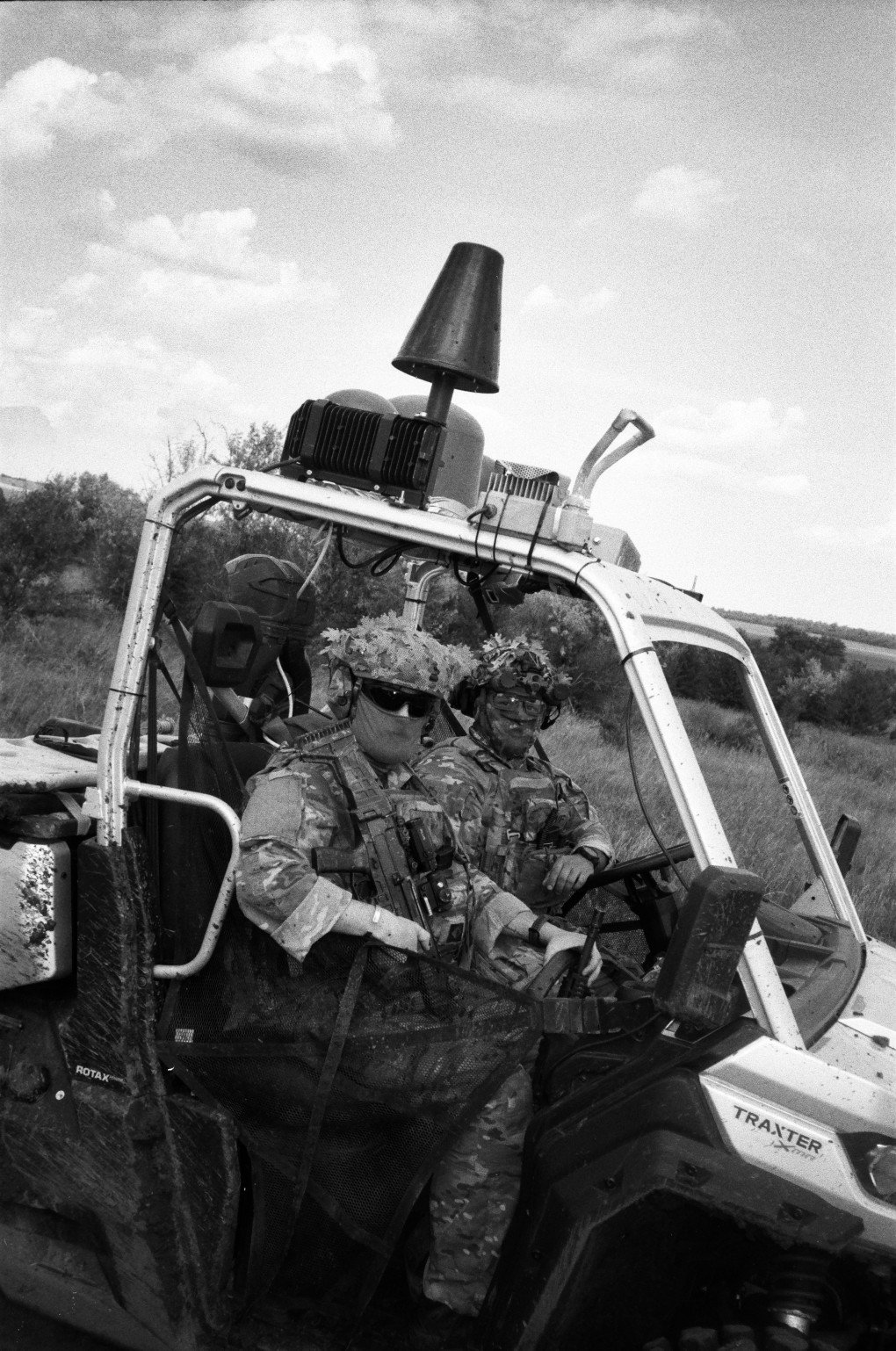
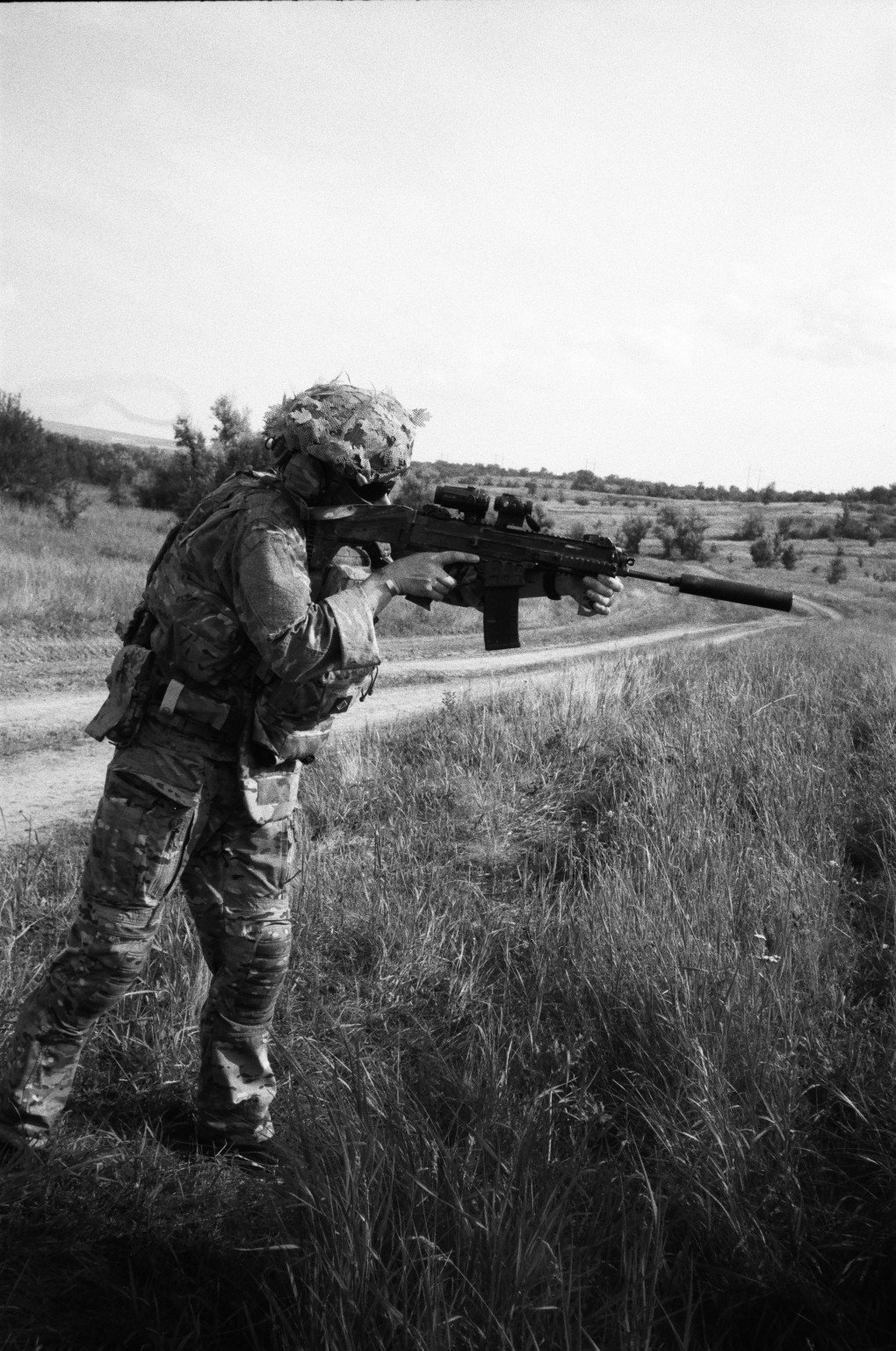
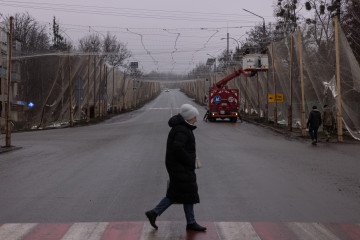
-f88628fa403b11af0b72ec7b062ce954.jpeg)
-b63fc610dd4af1b737643522d6baf184.jpg)

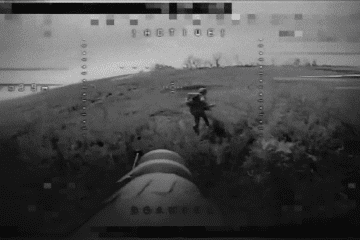
-29a1a43aba23f9bb779a1ac8b98d2121.jpeg)
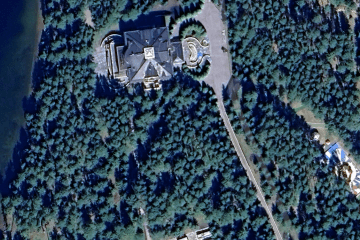
-24deccd511006ba79cfc4d798c6c2ef5.jpeg)